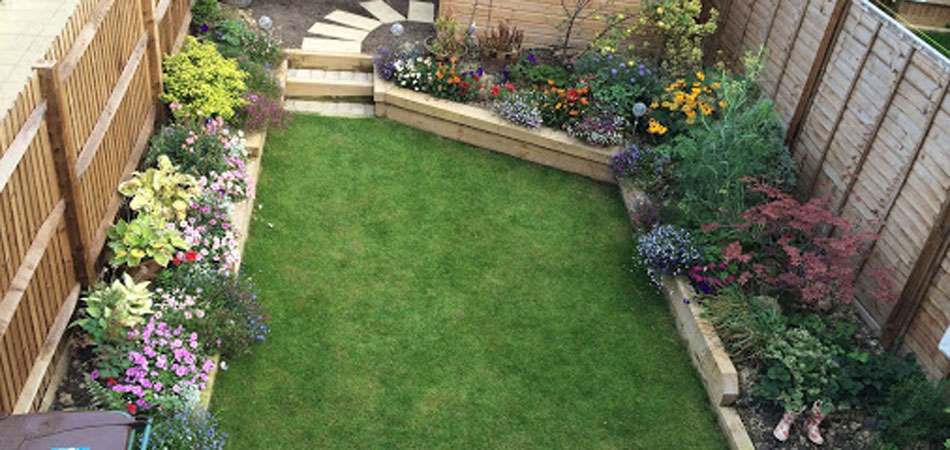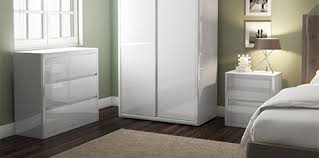Plaster products are often used for making art works. They are often used by artists in their projects. Many artisans are fond of working with plaster products. Plaster products have many physical properties that make them ideal for use in art works. This has made them very important from an artistic point of view. Their importance has increased over time. Plaster products of Melbourne have become very popular over the past few years. This is because they are one of the cheapest ways of making art works. The art pieces made using plaster products are very elaborate and elegant. They are known for their simplicity and elegance. The life of art works made using plaster is very long. Their durability is one of the reasons they are so popular with users. Many art students start their hands-on work using plaster. Plaster becomes very hard once it has dried. This process is irreversible. This means that it cannot be reversed. Once plaster had hardened, it cannot be returned to its old state.
 Drying of plaster:
Drying of plaster:
Plaster dries almost immediately when it is exposed to the open air. This means you should not expose it to the open air unless your artwork is fully complete. Most plaster products from F Vitale & Sons that are incomplete need to be stored in controlled conditions that keep them from drying. This allows them to be changed later on. The most common use of plaster and related products bus in making statues. It is also very commonly used in making sculptures. People often use plaster products for making statues of various historical figures. This trend first started many hundreds of years ago. Figurines made of player have been excavated from many historical sites.
Other related products:
Many other substances have the same physical properties as plaster. Examples include clay and rubber. The main thing that sets plaster and related products apart is their versatile nature. Plaster can be used in a number of different ways. This is in contrast to many other artistic products that can only be used in specific ways. The number of things that can be made using plaster and related products are endless. You can train at a nearby art institute to learn about the various uses of plaster. Many art schools teach classes on moulding plaster. You can easily learn these techniques in a matter of months.
As mentioned above, plaster is made of limestone mixed with water. Limestone is also used for making cement and related products. Examples include sand and concrete. It is also used for building blocks for use in the construction industry. The adhesive nature of limestone makes it easy to convert it into plaster. Eighty to ninety percent of plaster is made up of limestone. The limestone in plaster is processed using resins.





 The prominent companies within Australia profess that they are ready to extend to you the assistance in connection with decision about on working out the best style, the form as well as the color of the
The prominent companies within Australia profess that they are ready to extend to you the assistance in connection with decision about on working out the best style, the form as well as the color of the